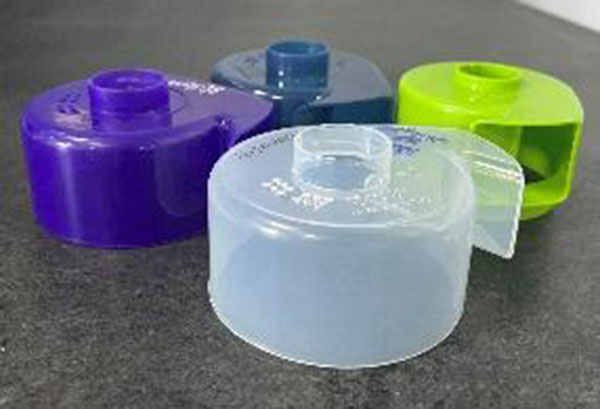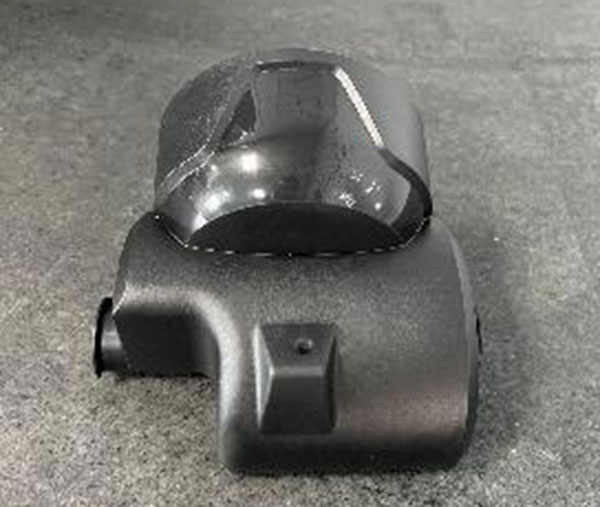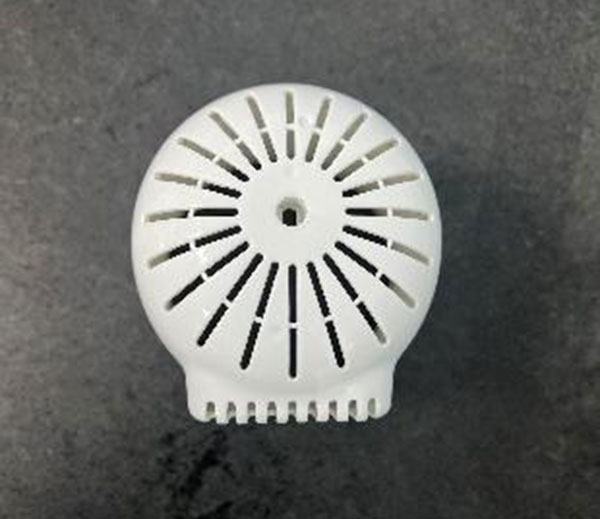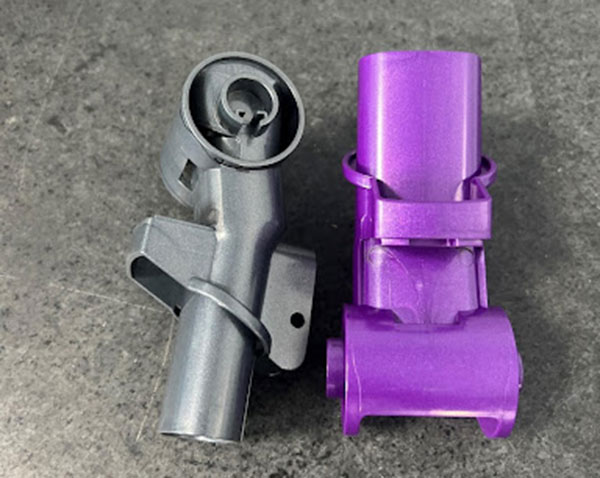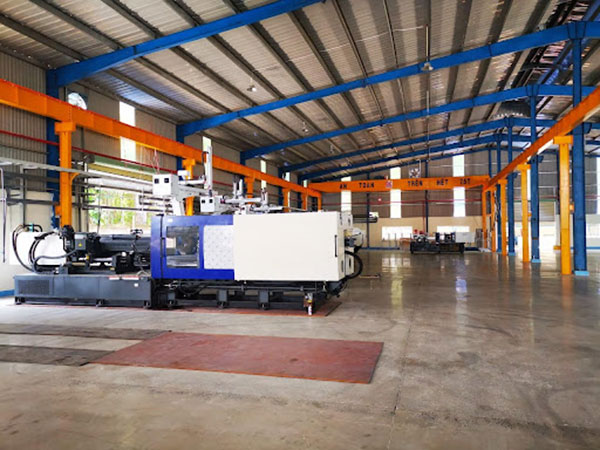Injection molding is the technology of manufacturing products by spraying molten materials into casting molds. The injection molding process is possible on a wide variety of materials, most of which are metals (commonly known as pressure castings), glass, elastomers, blending materials, and most commonly thermoplastics and thermosetting resins. The material is put in a hot container, mixed well (using a screw system) and sprayed into the mold, cooled and solidified into the shape of the mold lumen.
The molds, after being designed, will be made by mold makers, the material from which the mold is made is usually metal (steel, aluminum) and then machined precisely to achieve the required shape. Injection molding technology is widely used in production, from small details to the entire chassis plate. Advances in 3D printing technology, using Photopolymer, which does not flow during the injection molding process can be used to produce simple injection molds.
German scientists Arthur Eichengrün and Theodore Becker discovered the first forms of soluble cellulose acetate in 1903, which are more flammable than cellulose nitrate and easy to spray. Arthur Eichengrün developed the first injection molding machine in 1939 and patented the flexible cellulose acetate plastic injection mold. World War II opened up a huge demand for cheap and mass-produced products.
In 1946, the American inventor James Watson Hendry built the first screw pump, which allowed more precise control over the speed of injection and the quality of the manufactured products. This machine can also mix raw materials before spraying, so that colored plastic or recycled plastics are mixed. In 1970, Hendry developed the first air-assisted injection molding system, which quickly cooled complex products. This improves the design flexibility as well as hardness of manufactured products while saving costs, fuel, raw materials and waste. In 1990, aluminum molds were widely used. Today, screw pumps make up the majority of plastic injection molding machines.
Injection molding technology is widely used in industry, especially in the plastic manufacturing industry, which is the ideal method for producing large objects of the same volume. In addition, injection molding technology is also applied in the manufacturing industry of packaging, bottle caps, auto parts, components, coil wires, musical instruments, tables and chairs, machine parts (including gears) ,…

